Hundreds of properties have been destroyed as a result of the severe weather and the death toll stands at over 50
An active storm system moving east across the US, triggered a severe weather outbreak in the Midwest on the night of Tuesday, February 5.
RMS issued an update on the effects of the severe weather, a summary follows.
Hundreds of properties have been destroyed as a result of the severe weather outbreak and the death toll as of Thursday, 7 February stands at over 50 with hundreds more injured.
At this time there is very little information regarding the exact number of properties damage but as damage assessments and the clean up operation continues over the next week the true extent and severity of this event is likely to emerge.
The driving force for the severe weather was the combination of a strong jet stream, unseasonably warm, moist air over the Midwest and an active cold front moving from the west, said RMS.
The severe weather extended from northeastern Texas to the lower Ohio River Valley, covering 9 states in total. Supercell thunderstorms spawned numerous fatal tornadoes, damaging winds and hail measuring up to the size of softballs.
“It will take several more days until damage surveys are complete and the number and intensity of all the tornadoes is confirmed. Early evidence also suggests there were a few large, long-track tornadoes, most notably in Arkansas.
Severe weather reports from the National Weather Service indicates there were 78 tornado reports, 220 wind reports and 119 hail reports. Tornadoes were reported in Tennessee, Arkansas, northern Mississippi and northern Alabama and there is confirmation of at least one tornado rated EF4 on the enhanced Fujita Scale in Alabama and numerous EF3 tornadoes through Tennessee, Arkansas and Alabama.
RMS commented: ‘It will take several more days until damage surveys are complete and the number and intensity of all the tornadoes is confirmed. Early evidence also suggests there were a few large, long-track tornadoes, most notably in Arkansas.’
As was the case with the Midwest tornado outbreak in January, several temperature records were broken across the South prior to the severe weather, contributing to an ‘out of season’ tornado outbreak.
March and early April roughly mark the beginning of the spring severe thunderstorm season in North America.
Added RMS: ‘The February 5, 2008 tornado outbreak is slightly further north than what is typically experienced at this time of year. Generally, as the year progresses, the area of peak activity expands northwards from the southeastern states, as the land surface begins to warm and the jet stream becomes established at more northern latitudes. It is not until late June and July that the Canadian Provinces experience their peak activity and this is only a fraction of the thunderstorm activity of Oklahoma or Texas during April and May. As cold air begins to progress south into the U.S. in autumn, thunderstorms again become more active in the Central U.S., with a second peak in tornado activity occurring during this time.’





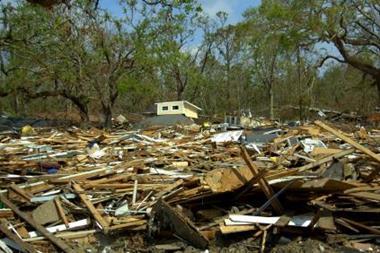
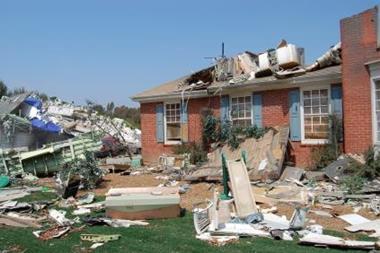
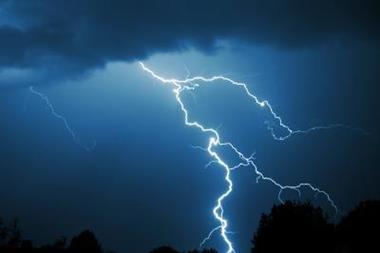
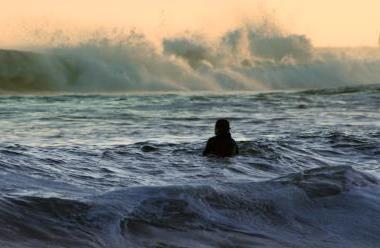
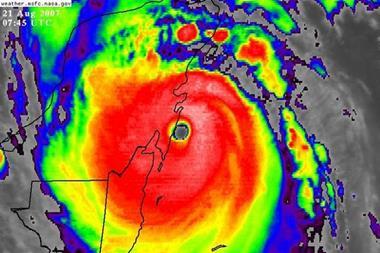









No comments yet